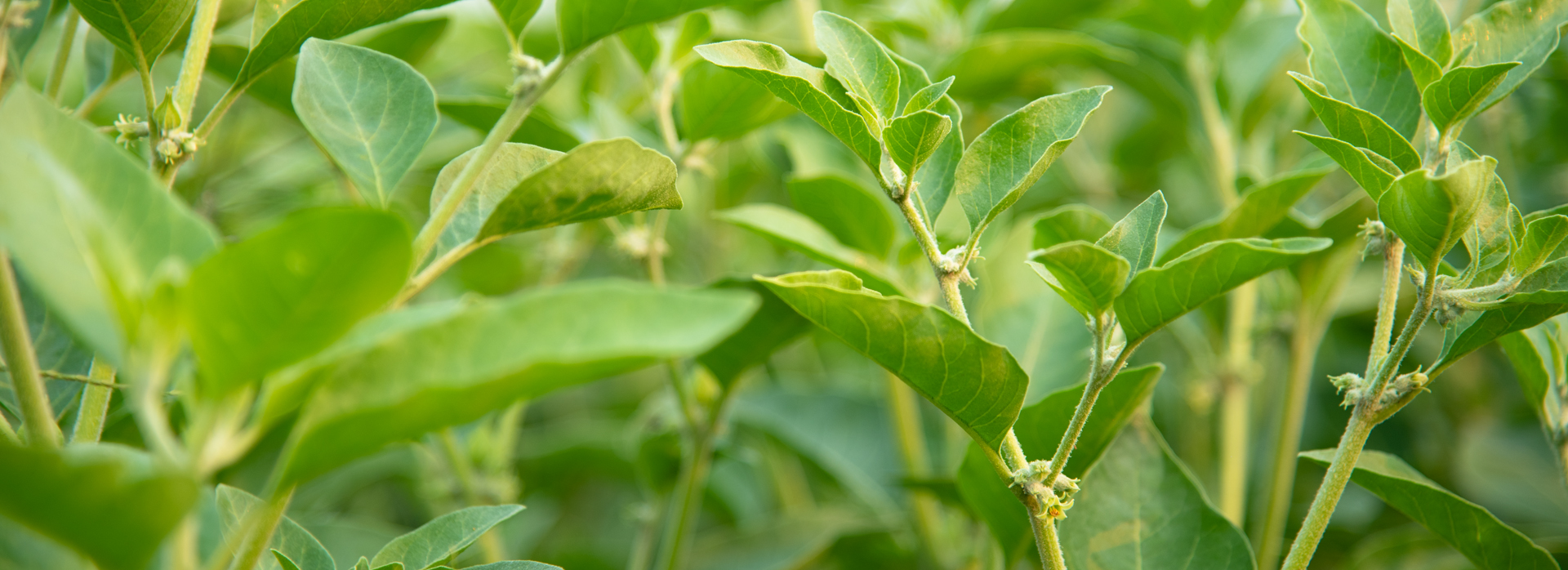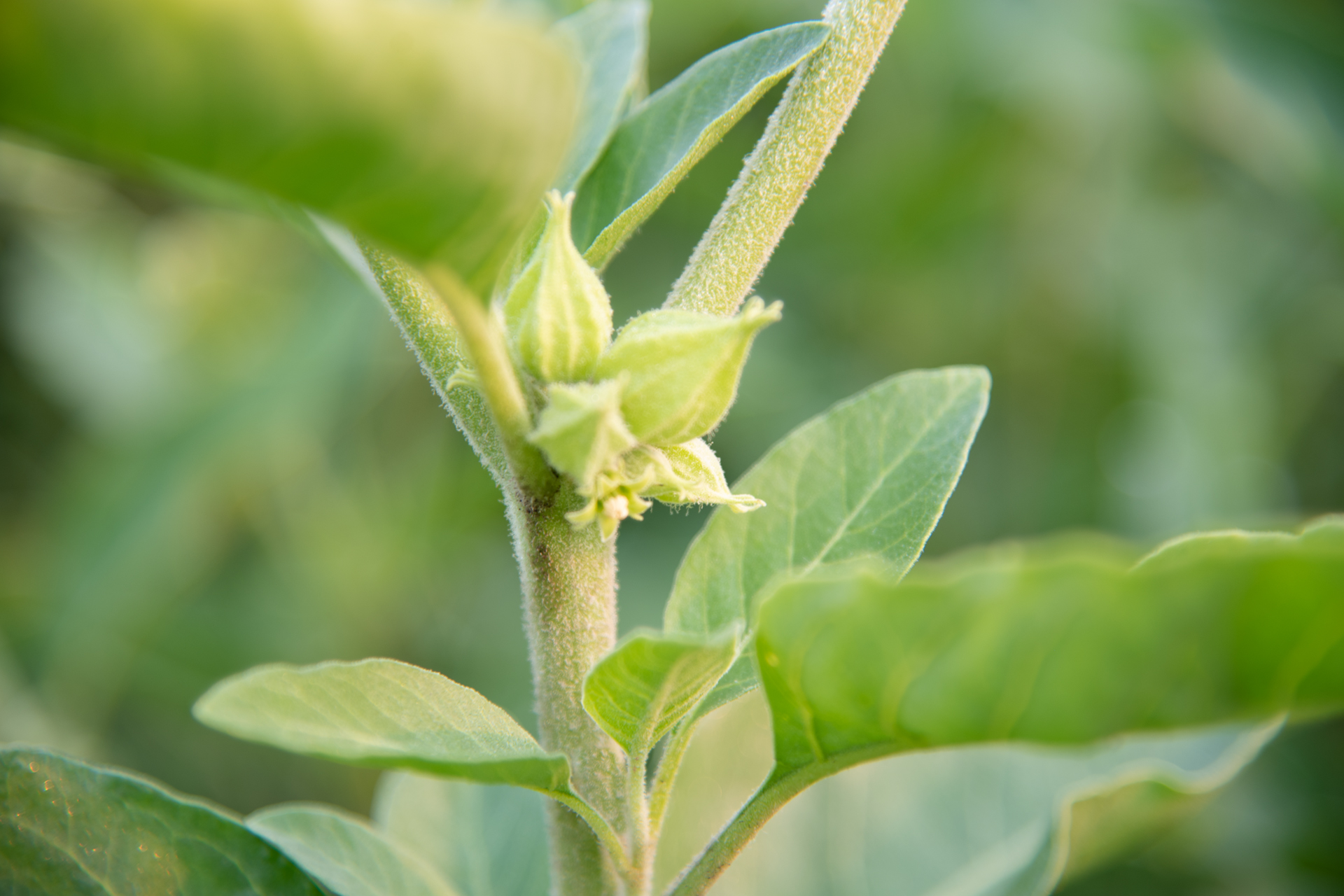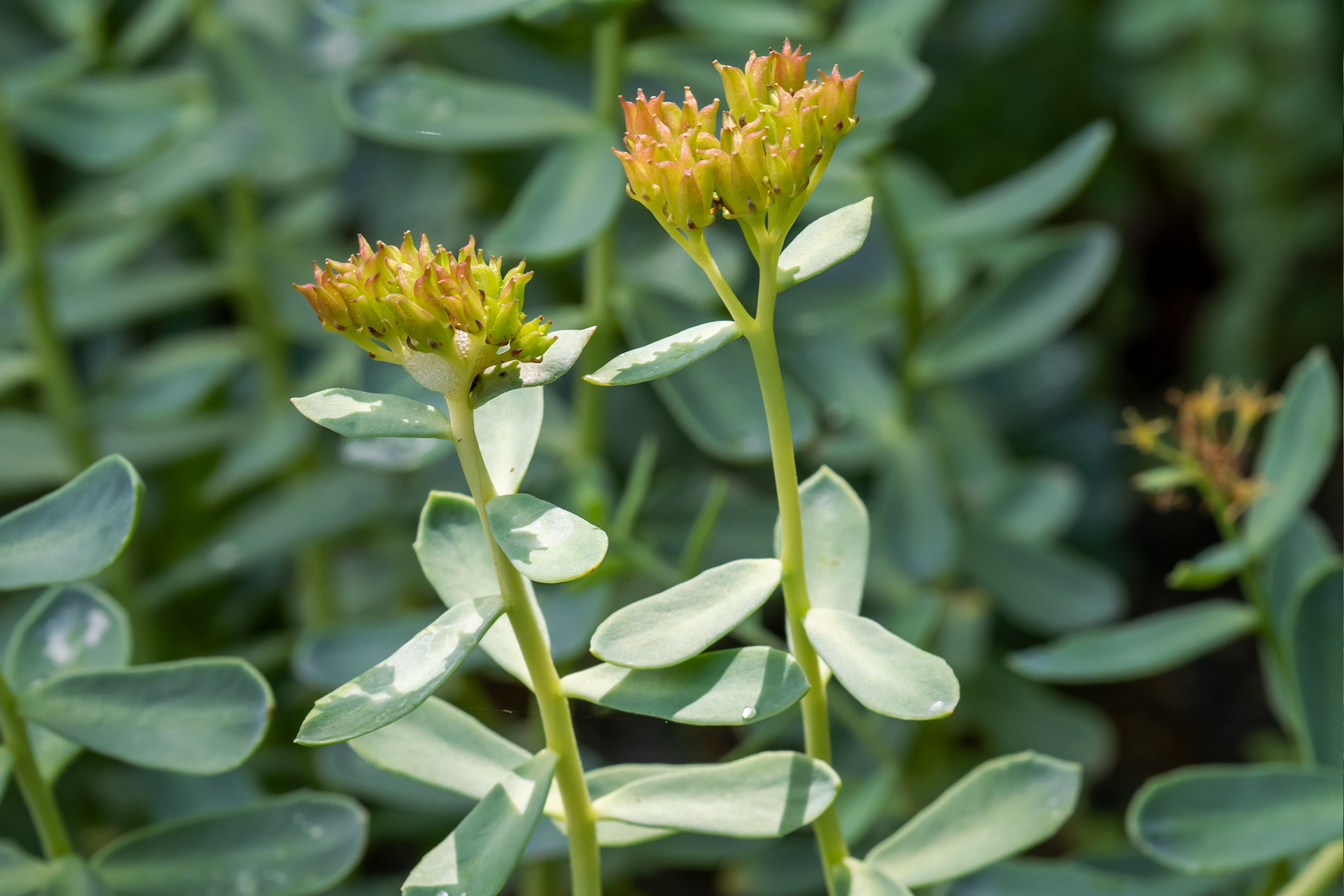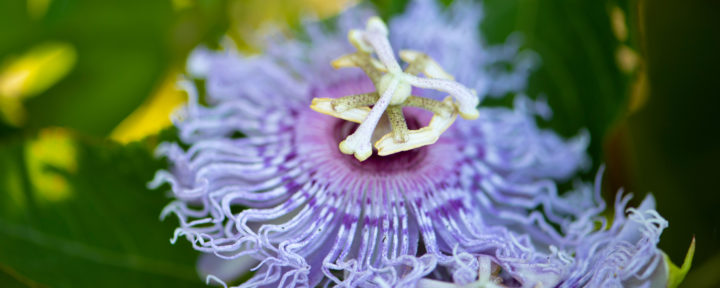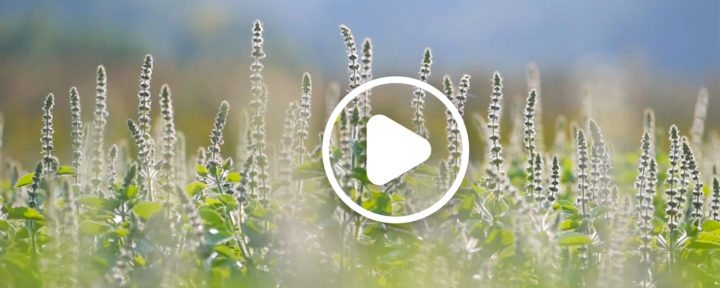Adaptogens are a group of herbs revered for their balancing effects.* They are used to support our bodies’ natural responses to stress, fatigue and more.* Their actions let you take them both over long periods of time and as a rapid response to short-term situations.
Here’s a look at four of the adaptogenic* herbs — Ashwagandha, Holy Basil, Rhodiola and Schisandra — you’ll find in our products.
Ashwagandha
Ashwagandha is currently very popular here in the West, but it has been commonly used in Ayurveda (India’s traditional system of herbalism) for 3,000 to 4,000 years!
Its name translates to “scent of a horse.” Ashwagandha earned that moniker because it was believed to give the strength, stamina and character of a stallion, according to sacred Ayurvedic texts. Ashwagandha is considered a rasayana, which means it has been historically used as a rejuvenating tonic.*
In ancient Greece, Alexander the Great and his army turned bitter, slightly musky Ashwagandha into wine, which they used to traditionally support energy and vitality.* According to Greek mythology, the god Apollo gave Ashwagandha to his son Asclepius, who was believed to be a hero of health and well-being.
This perennial herb is a member of the Nightshade family, so it’s related to Tomatoes, Potatoes, Peppers and Eggplants.
You’ll find Ashwagandha in products like Herbs on the Go: Daily Stress Balance™ and Adrena Soothe™. It’s also available in single herb form, as both Ashwagandha extract and Ashwagandha, Alcohol-Free.
Botanical name: Withania somnifera
Common name(s): Ashwagandha, Winter Cherry
Plant family: Solanaceae
Native habitat: India, Africa and the Mediterranean
Parts used: root
Use(s): Calming Ayurvedic herb traditionally used to promote a balanced response to stress.*
Flavor profile: bitter and slightly musky
Holy Basil
Holy Basil’s name tells you a lot about the herb and the respect it is given in traditions like Ayurveda. Hindus believe Holy Basil represents the Divine Mother on Earth, to benefit all of creation. As such, this revered herb often grows in courtyards outside homes across India, where it is also known as the “incomparable one.”
The herb, which is related to the type of Basil you might use in pesto or on pizza, has a pleasantly fragrant scent. Holy Basil is believed to purify all who smell it.
You’ll find Holy Basil in products like Stress Manager™, Herbs on the Go: Daily Stress Balance™ and Adrena Nourish™ and as a single-herb extract.
Botanical name: Ocimum tenuiflorum
Common name(s): Holy Basil, Tulsi, Sacred Basil
Plant family: Lamiaceae
Native habitat: India
Parts used: herb
Use(s): A revitalizing Ayurvedic herb to support calm, focused energy and a balanced response to stress.*
Flavor profile: intensely aromatic, spicy and bittersweet
Rhodiola
Rhodiola is one hardy plant. It grows in the wild across harsh, bitterly cold regions like Siberia, the Arctic, parts of Canada and northern China. This herb uniquely thrives in arctic conditions and in mountainous regions with tough, stony soil.
At first glance, Rhodiola looks like a succulent, but it’s not. This plant grows low to the ground with humble flowers and strong roots, which are the parts used in herbalism. The roots keep the plant firmly anchored despite its rugged, often windy living conditions. Rhodiola’s young leaves and shoots can be eaten raw or cooked (or mixed with other greens) while the stems can be cooked like Asparagus.
One of Rhodiola’s common names is Roseroot because the roots really do smell like Roses. Its botanical name (Rhodiola rosea) also reflects its lovely scent.
Northern cultures around the world, from emperors in China and Mongolia to the Vikings of Scandinavia, have used Rhodiola for centuries. The Greek physician Dioscorides first mentioned Rhodiola in 77 AD, so it has quite the history.
You’ll find Rhodiola in products like Adrena Uplift™, Herbs on the Go: Daily Stress Balance™ as well as Rhodiola extract and Rhodiola, Alcohol-Free.
Botanical name: Rhodiola rosea
Common name(s): Rhodiola, Arctic Rose, Golden Root, Roseroot
Plant family: Crassulaceae
Native habitat: Europe, specifically Scandinavia, Asia including Tibet and Siberia, Britain and North America
Parts used: root
Use(s): Supports a normalized stress response.*
Flavor profile: bittersweet with an astringent mouthfeel
Schisandra
Schisandra is an herb that sounds like a Willy Wonka creation, but it’s found in nature. While some fruits might boast complex flavors that are both sweet and sour, Schisandra is renowned for imparting all five flavors.
As you taste one of the berries, you’ll note its sweet, sour, salty, bitter and umami flavors. In Traditional Chinese Herbalism, Schisandra’s name, Wu Wei Zi translates to “five flavors fruit.”
Its use in China dates back centuries. Schisandra was considered so useful in the late 1500s that officials in Herzhong prefecture sent large quantities of it to the emperor as a tribute. And now, Chinese herbalists sometimes infuse the berries into herbal wines.
Schisandra is an aromatic woody vine with pink flowers and spikes of red berries.
You can find Schisandra in our Daily Immune Builder, Eye Health, Liver Health and Stress Manager formulas and, of course, Schisandra single herbal extract.
Botanical name: Schisandra chinensis
Common name(s): Five-flavor berry
Plant family: Schisandraceae
Native habitat: China and other parts of East Asia
Parts used: berries
Use(s): An adaptogen that supports liver health.*
Flavor profile: Extremely sour, a little bitter and salty

